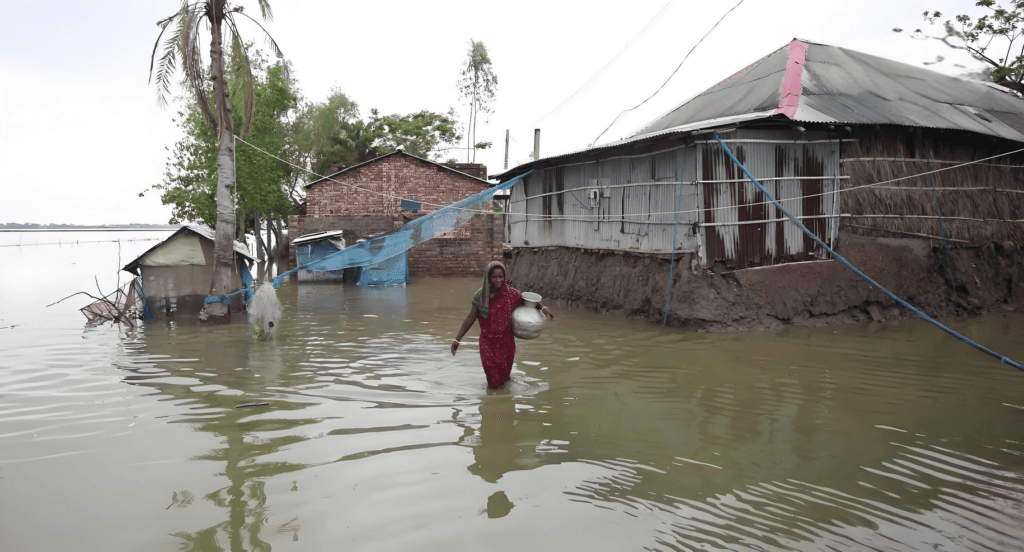In June 2024, Bangladesh was hit hard by historic floods. Continuous heavy rains turned the capital Dhaka and many other places into vast oceans, paralyzed traffic, farmland was harvested, millions of people were displaced, and social order was impacted. Faced with such severe disasters, how should we respond?

Pre-disaster prevention
Monitoring and early warning: Increase investment in meteorological monitoring, use advanced technology to monitor monsoon rainfall in all directions and in real time, and issue detailed flood warnings in advance through big data analysis and model prediction, covering information such as inundation range, water level increase, and arrival time. At the same time, broaden the warning dissemination channels to ensure that the information reaches every citizen, especially remote and vulnerable groups.
Water conservancy facilities: Upgrade and renovate dams to high standards, use high-strength materials, optimize structures and add related facilities to enhance their flood control capabilities. Replan and expand the urban drainage system, scientifically design according to terrain and rainfall data, regularly clean pipelines and ditches to ensure smooth drainage.
Disaster rescue
Quick rescue: The government quickly mobilized multiple rescue forces, equipped with sufficient professional equipment, and launched a comprehensive search and rescue in the disaster-stricken areas, focusing on rescuing trapped people. At the same time, an emergency command center will be established to use technology to grasp the disaster situation in real time, unify resources, and give priority to protecting the hardest-hit areas and high-risk groups.
Medical security: Build a temporary medical treatment center, deploy medical personnel and materials, promptly treat the injured, and carry out epidemic prevention work. Establish an efficient material supply system, actively seek domestic and foreign assistance, mobilize donations from all walks of life, ensure that materials are accurately and quickly delivered to temporary resettlement sites, and protect people’s basic lives.
Post-disaster reconstruction
Facility repair: Comprehensively survey and evaluate damaged transportation facilities and formulate a repair plan, give priority to repairing main roads, and upgrade the urban drainage system at the same time. Repair power and communication facilities, restore power supply and communication, help the affected areas return to a normal rhythm of life, and promote economic recovery and development.
Economic recovery: Provide farmers with production materials and technical support, promote flood-resistant and early-maturing crop varieties, adjust planting structure, and use insurance to alleviate economic pressure. Introduce support policies for disaster-stricken enterprises to help them resume production and operation. Carry out ecological restoration work, plant trees, protect wetlands, reduce soil erosion, and promote ecological balance and sustainable development.
The Superpangol team is professional in disaster relief, experienced, and equipped with advanced equipment. If you encounter protection problems or need assistance, please contact us immediately and work together to overcome the difficulties! Floods are ruthless, but there is love in the world. We should respond scientifically, build a safety line of defense, and help Bangladesh rebuild its homeland!
